The OnePlus One Review
by Joshua Ho on November 19, 2014 8:00 AM EST- Posted in
- Smartphones
- Android
- Mobile
- OnePlus
Software
While software tends to be a bit of a side note in reviews, it really is a crucial part of the experience. Without a good UI, the entire experience can be ruined as a result of these issues. This leads us to CM11S, the first official UI released by Cyanogen. For the most part, this UI really is just a lightly re-touched version of what we see in Nexus devices, but with a large number of extra features. For example, we see a revamp of the quick settings menu, with horizontal quick settings in the notification drawer along with a large number of available quick settings tiles in the quick settings menu.
Of course, CM11S goes much deeper. There really is an immense amount of customization available to the end user, from a custom boot animation to new icons, fonts, wallpapers, sounds, and overall system UI themes. While Holo is the official AOSP UI, CM11S ships with Hexo which is largely similar to Holo, but with a strong emphasis on hexagons throughout the UI. Many of the modifications that one might be used to from a custom ROM are present here, such as the ability to dynamically change the battery icon in the status bar, the way that the clock is displayed, reception representation, gestures to turn on the flashlight or the display, re-mapping the rather dim capacitive buttons, enabling or disabling on screen buttons, permissions management, changing the size of a pattern unlock, changing the lock screen altogether, and similar customizations.
While one can spend their time defending choice for the sake of choice, I definitely question the value of all of these additions. While some will value the ability to deeply customize their OS, for anyone that is even remotely unfamiliar with the idiosyncrasies of CyanogenMod and Cyanogen they will find their experience to be deeply frustrating. While I've already detailed some of the usability issues present in the camera application, many of these features fundamentally don't make sense. The notification drawer's "quick access ribbon" out of the box is simply a row of icons that can have very little meaning at times. While one can guess that an airplane is for airplane mode and a flashlight is for the torch, a circular arrow is utterly ambiguous in nature. Given the quick access nature of this menu, one might guess that this is a rotation lock toggle but for one reason or another it's actually the auto-sync toggle.
These issues extend to the point of being outright frustrating for average users. While one might guess that setting up lockscreen protection through the security menu as with almost every other UI, CM11S places it in the lockscreen menu which definitely can make for some level of difficulty in adapting from other devices. Something as simple as the pattern lock becomes complicated as one is given an almost ridiculous amount of choice from a 3x3 to 6x6 pattern. While a 4x4 or 3x3 pattern makes sense, 5x5 or 6x6 is almost guaranteed to be wholly unnecessary for an OS that's supposed to target a large number of users that may or may not be accustomed to the Cyanogen UI experience.
Finally, it's hard to argue for extensive customization of most visual aspects, as it's really far too easy for themes to rapidly diverge from meshing with Google design lines quite rapidly. While I'm sure that there are people out there that will like whatever themes are available using the CM11 theme engine, it's really hard to argue that this is a good thing for cohesive experience. The sheer number of issues with the camera alone is enough to question whether this level of customization is worth dealing with the likelihood of buggy releases.
While there are a lot of issues with Cyanogen's approach of throwing every possible option to the user, to their credit a great deal of the experience does come out quite enjoyable once one has spent enough time actually figuring out what each option does. For example, while on most phones it's pretty easy to fill the status bar with an NFC indicator, WiFi, cellular reception icons, battery icons, battery percentage text, and the time, this can be avoided on the OnePlus One. Various elements can be removed if desired, and things like the privacy guard application allow for a great deal of fine-tuning to ensure that applications don't have more permissions than necessary, although this could cause unintended behavior in an application. In addition, the overall experience has been consistently smooth and performant, with no real lag. The real issue here is that CM11S has taken the kitchen-sink approach to UI design, to the detriment of the user.


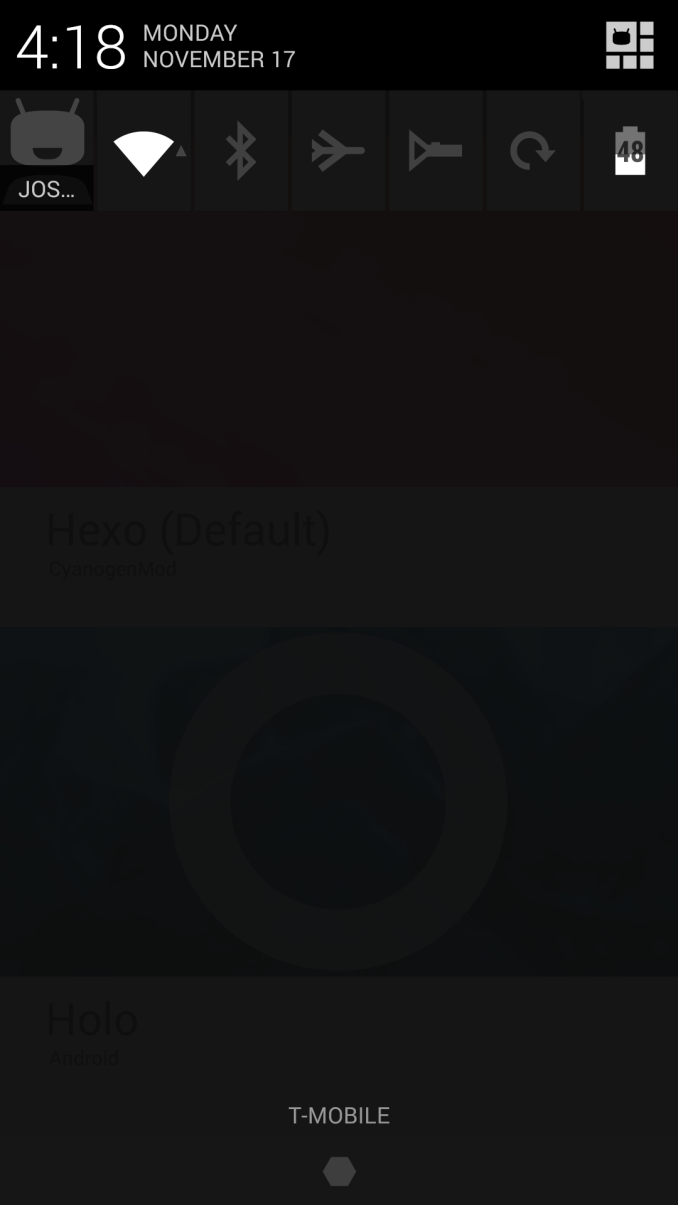

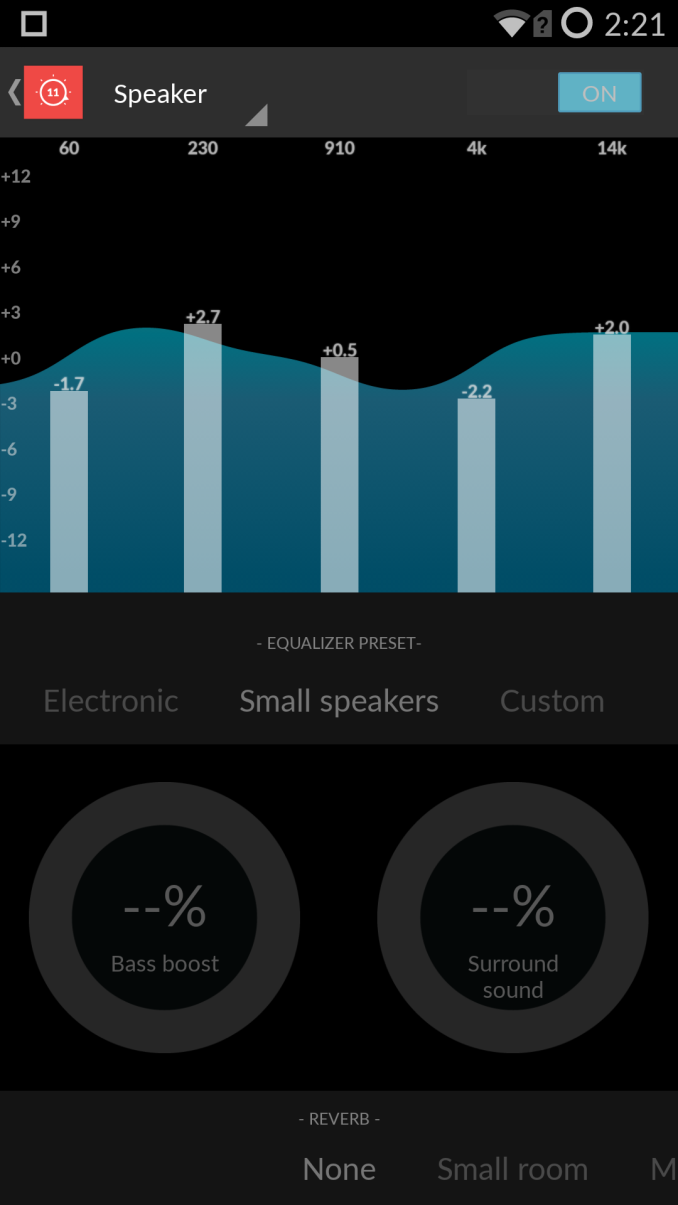
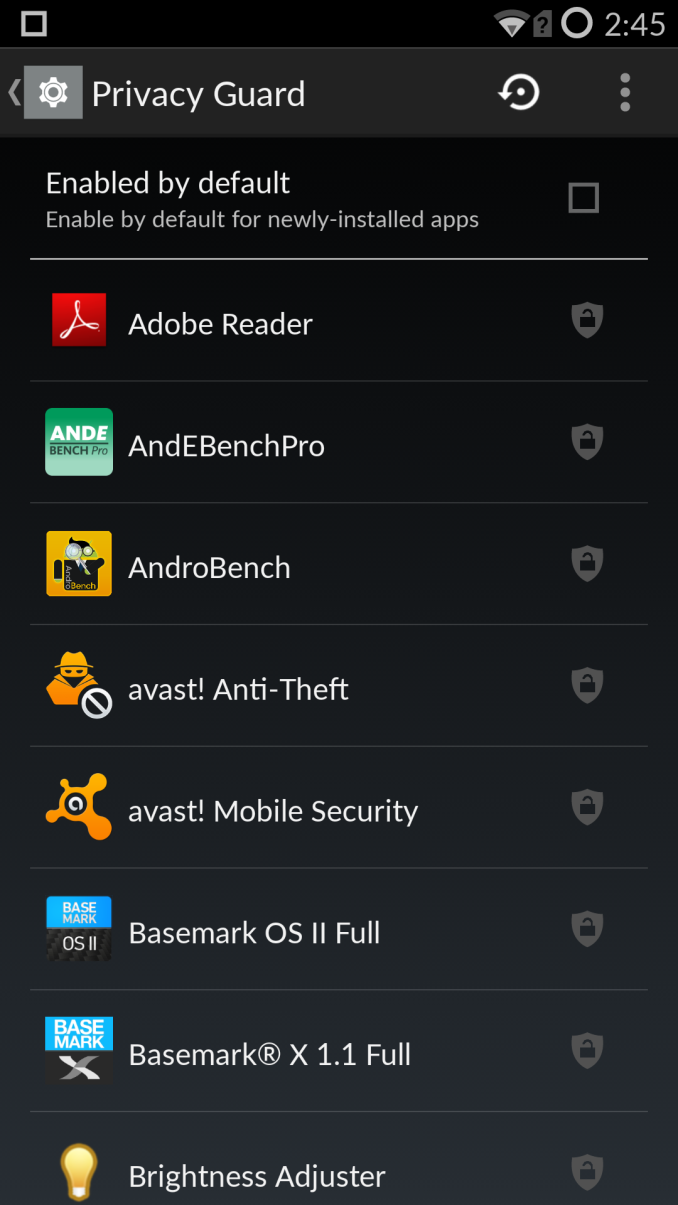
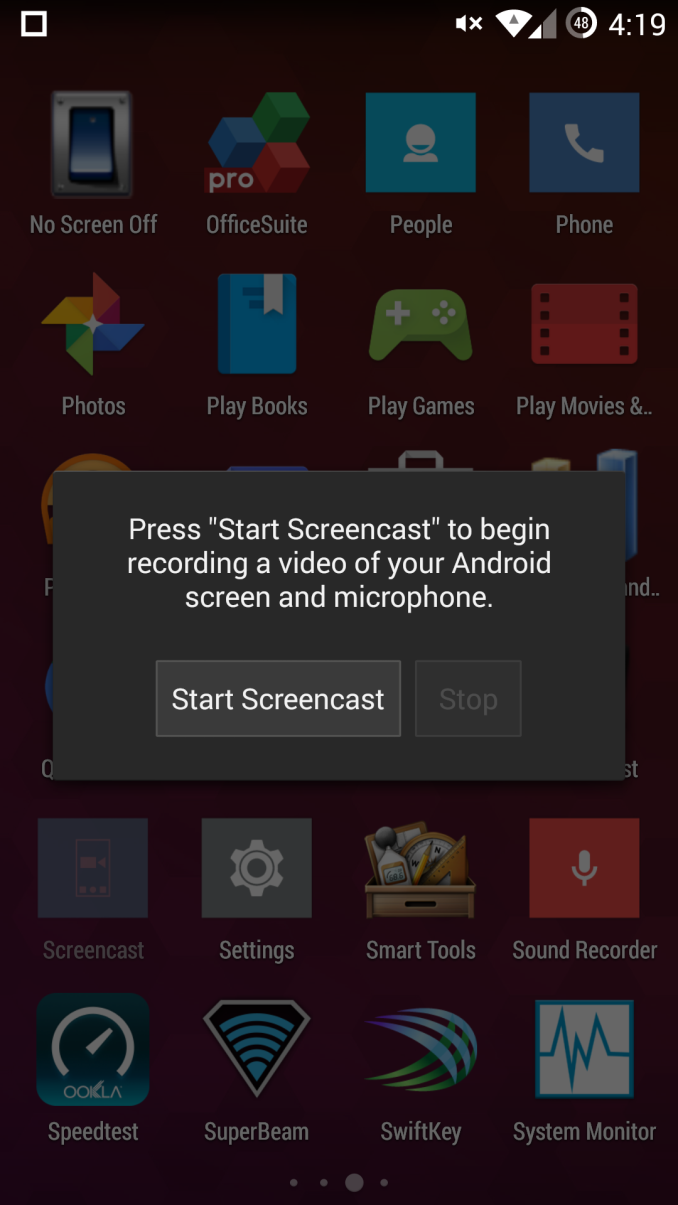
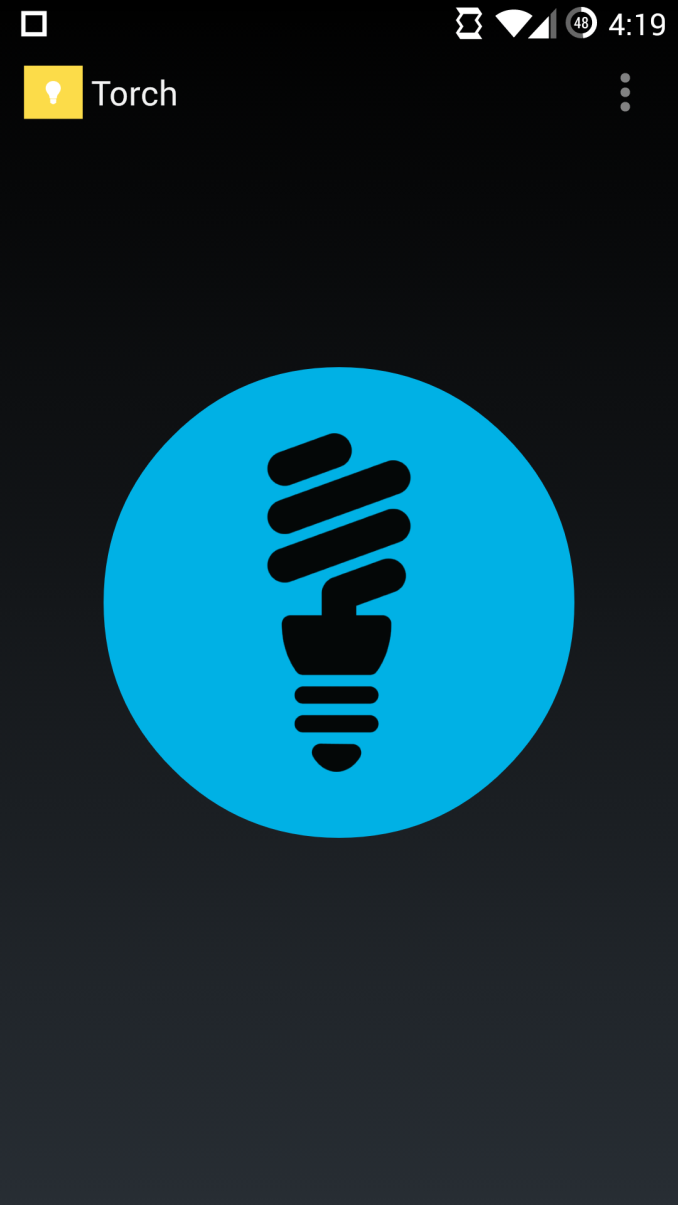
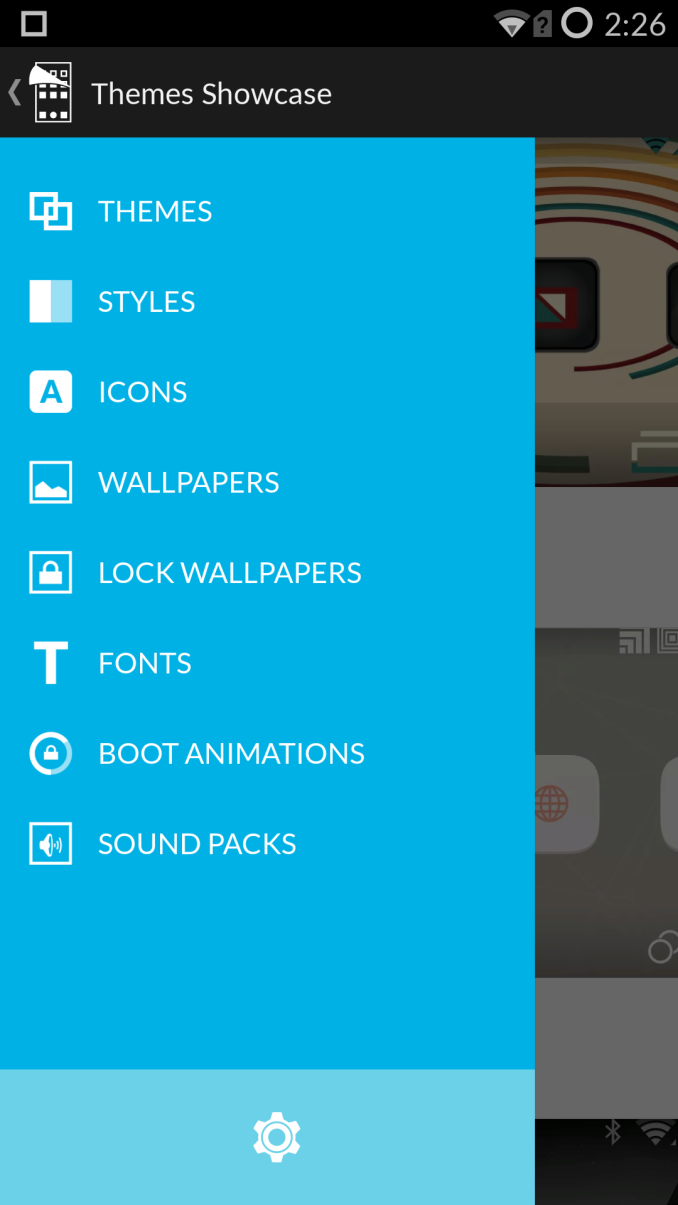
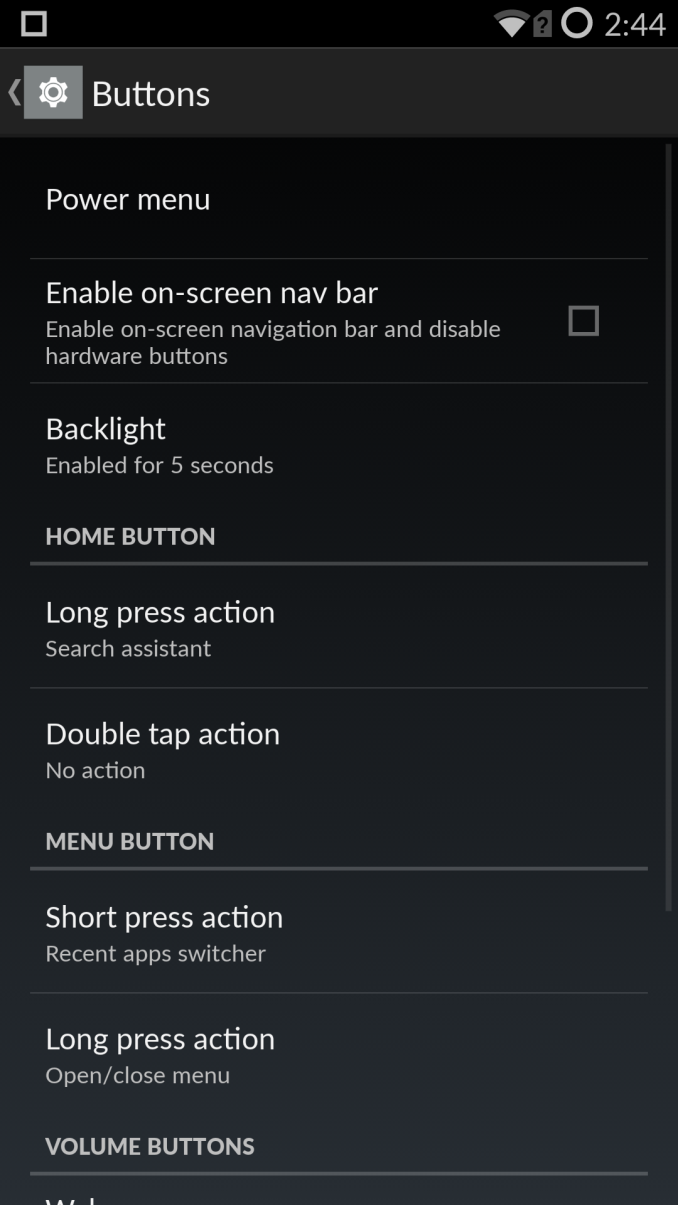
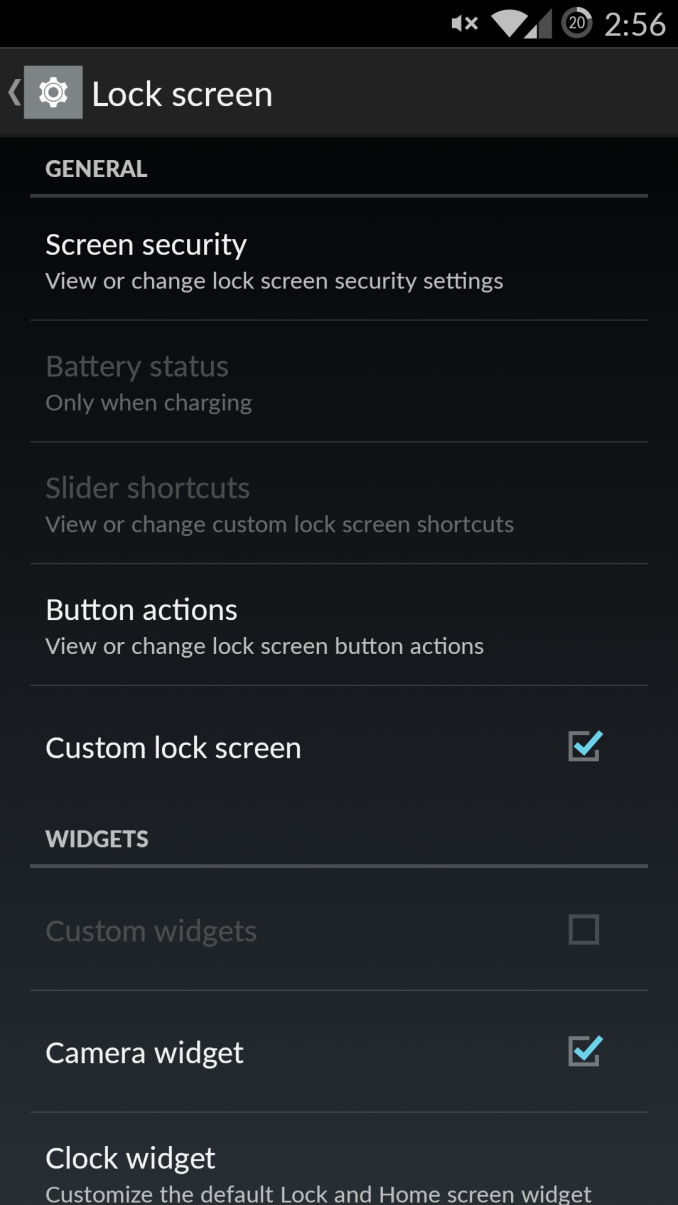
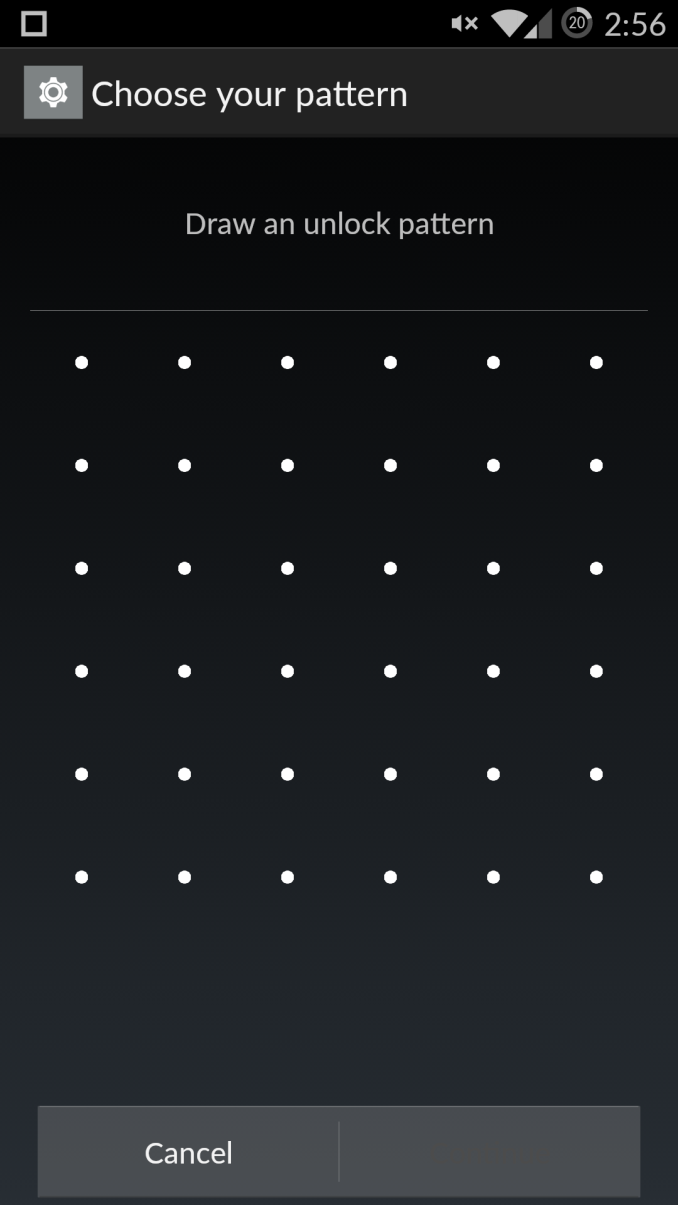
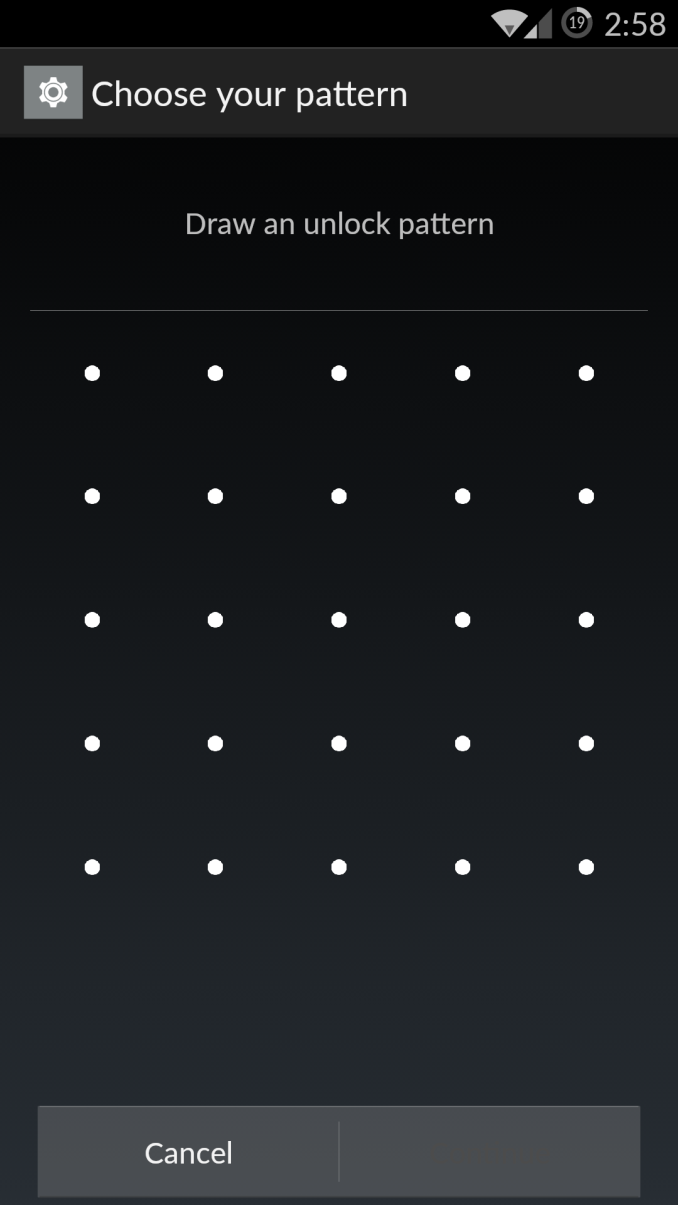
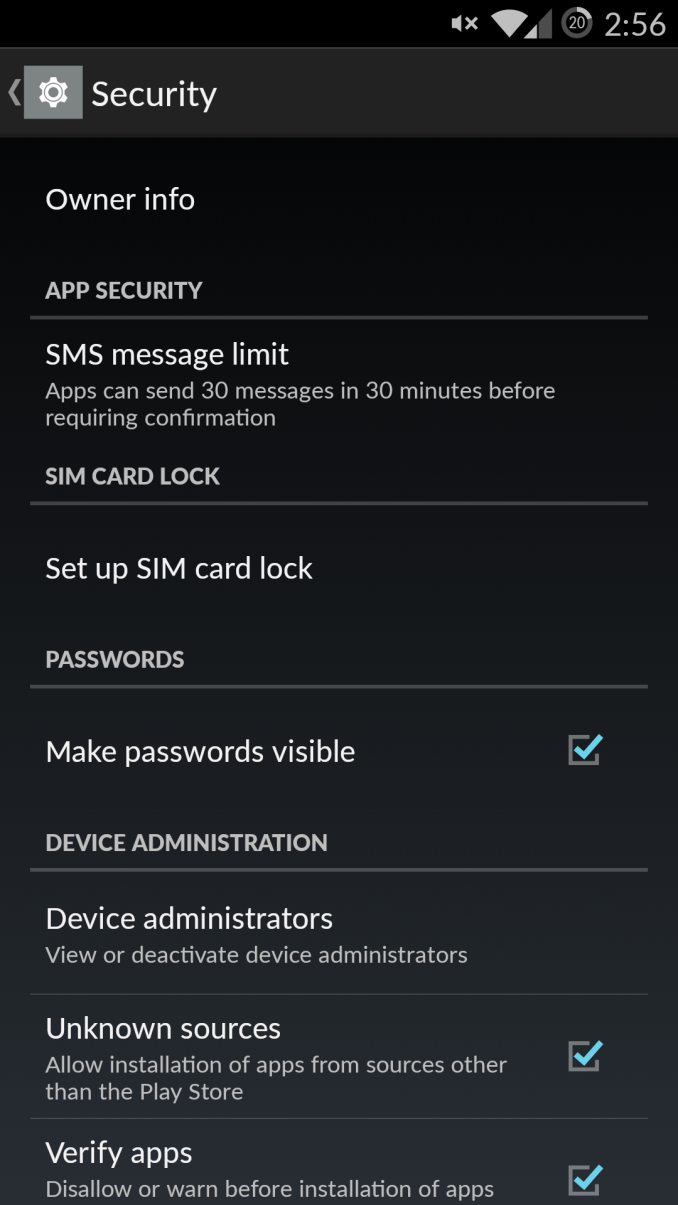
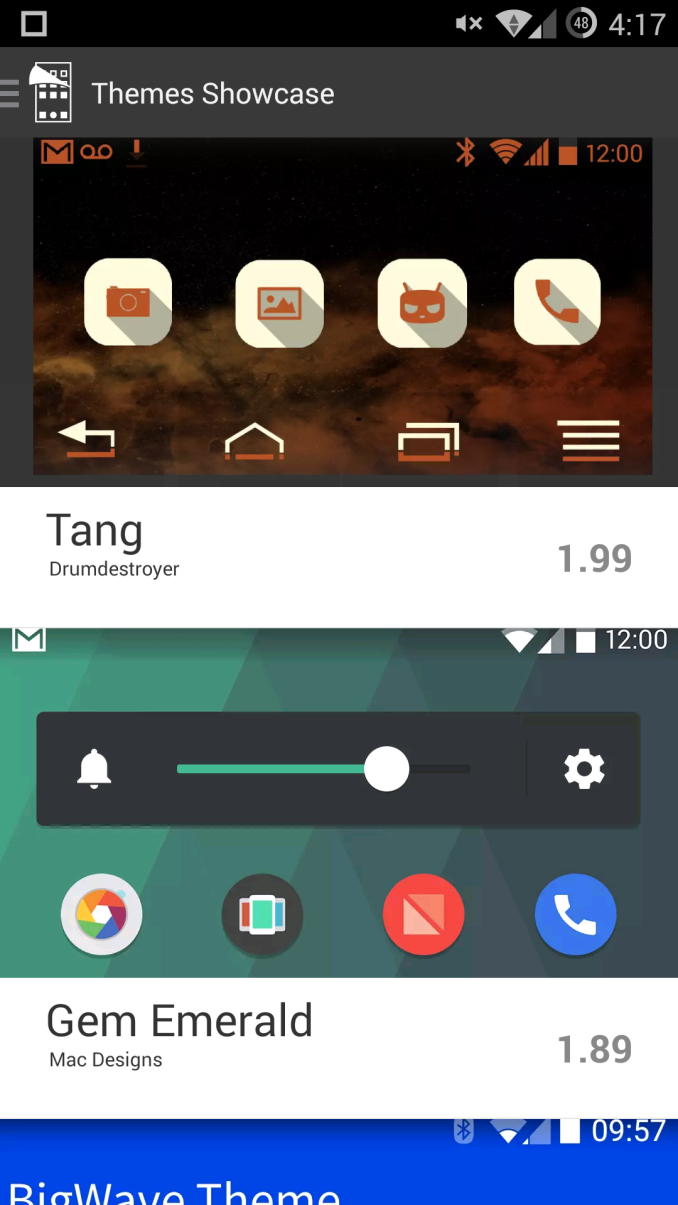
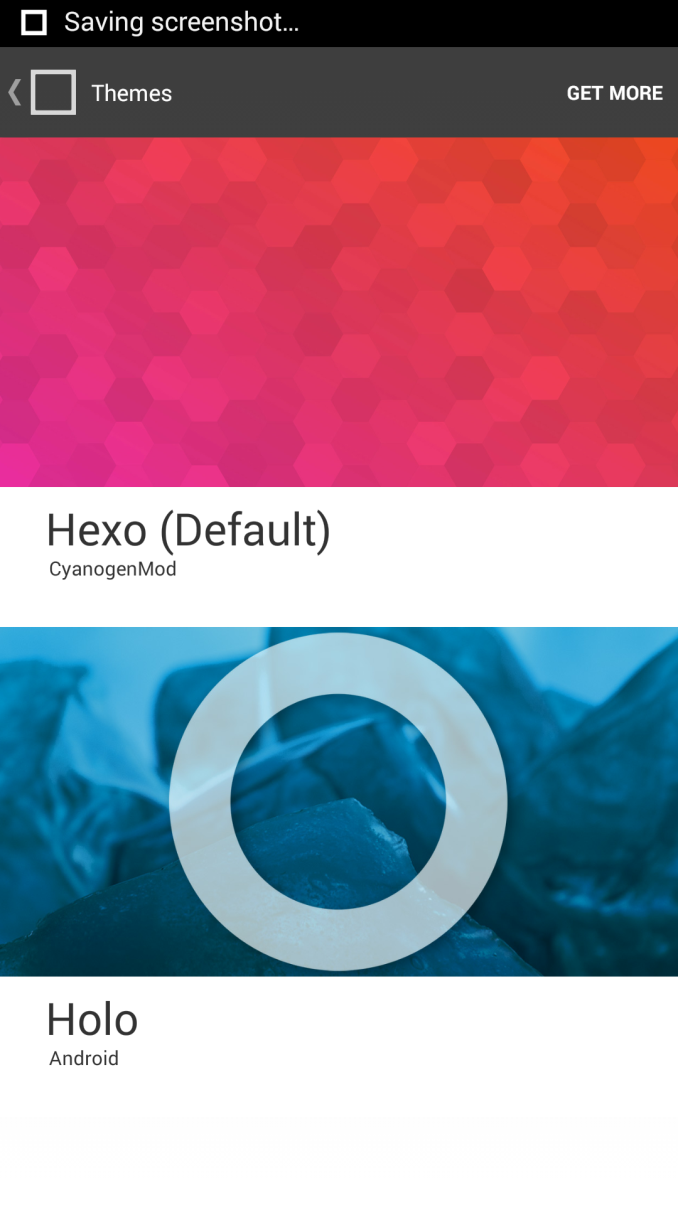








148 Comments
View All Comments
MadDuffy - Wednesday, November 19, 2014 - link
Thanks for your review.Some corrections on page one specs: MHL not supported and BT 4.0 (not 4.1).
anneoneamouse - Wednesday, November 19, 2014 - link
"Reception, at least for T-Mobile US' band 4/AWS LTE is noticeably worse than most devices that I've tried."This would seem to be a significant issue; yet this one-line detail is buried under the "misc" section, and not discussed in the conclusions at all. Three pages are devoted to analysis and discussion of photo / video quality, which for most users are likely to be secondary functions.
It's a phone; can I use it to speak clearly to a client? If not, I'll look elsewhere.
AoN.
DoktorSleepless - Wednesday, November 19, 2014 - link
Yes, this needs some serious elaboration.Cinnabuns - Wednesday, November 19, 2014 - link
I agree. Especially with all the praise and in-depth look given to the Moto X's cellular reception on this site, it would be helpful if all phones reviewed had a small section describing its reception characteristics.Harry_Wild - Thursday, November 20, 2014 - link
As a T-Mobile customer; this reception quality is top priority for picking a phone! LTE is for most data until T-Mobile changes it to Voice over Internet using LTE band. But that will be in middle 2015 and later.It not a hardware problem; it a software problem so One Plus should be able to fix it with T-Mobile's assistance.
Conficio - Friday, November 21, 2014 - link
@Harry, how come you are sure this is a software issue. Could be bad placement of the antenna or bad antenna design in general. Also, I think we don't know if the issue is limited to T-Mobile. That was just the network he tested it on.You make a good point though, if this is an LTE issue (which the article does not say), then in 2015 this phone on T-Mobile goes from good voice and bad data to issues for both.
More questions: There were software updates mentioned. Did those affect the reception issues? And did they swap out the baseband?
Conficio - Friday, November 21, 2014 - link
That also made me really nervous. I'm a T-Mobile customer and really need to know how he did notice this. I have seen some good cellular comparison tests in the past on Anandtech. Please lets get some objective comparison or at least some more detail on how this does effect the phone? Indoors, outdoors, calls dropped or not starting, get no reception where other phones have reception. Any reaction by the company?Munna2002 - Friday, November 21, 2014 - link
I am a T-Mobile customer with an OPO. My family also all use OPOs. We have no problems with LTE speeds in the NYC Metro area, although we do not have the T-Mobile Wifi calling app, which requires messing with the bootloader and kernels from what I understand.jmasterj - Wednesday, November 19, 2014 - link
This review is missing an important section that always appeared in Klug's phone reviews: network performance. There's one anecdote about how it performed on T-Mobile's LTE, but nowhere are listed even the HSPA or LTE bands supported by this device. It would be nice to see testing in this area.pjcamp - Wednesday, November 19, 2014 - link
Since you took the time to review this vaporphone, perhaps you could also do the Xperia Z3?